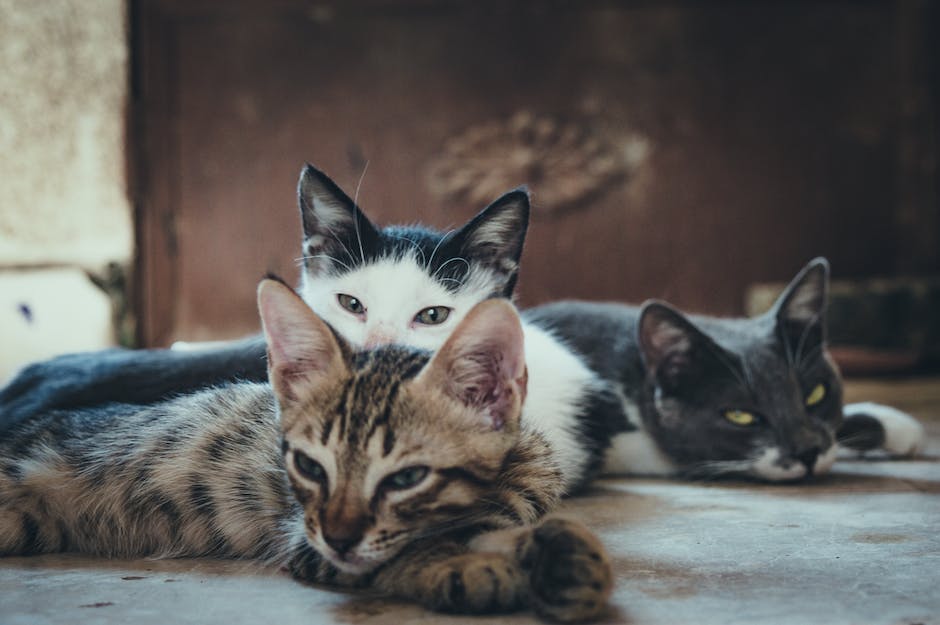Siamese cats hold a special place in the hearts of feline lovers worldwide. These stunning creatures are distinguished by their striking appearance, distinctive vocalizations, and charming personalities. But where did they come from, and how did they become one of the most popular cat breeds in the world?
The Siamese cat originated in Siam, now known as Thailand, and their history dates back centuries. These cats were highly esteemed by the royal families of Siam, and they were kept in luxurious palaces and temples. It was believed that Siamese cats possessed magical powers that would bring good luck and fortune to their owners.
In the late 1800s, Siamese cats were brought to England and eventually made their way to the United States, where they quickly gained popularity. Today, Siamese cats are recognized as one of the most beloved and iconic cat breeds.

Siamese Cats’ Distinct Physical Characteristics
Siamese cats are known for their unique and recognizable physical characteristics. They have an elegant, lean body type, with slender legs and a distinctive wedge-shaped head. Their striking blue eyes are almond-shaped and slanted, giving them an exotic and alluring appearance.
One of the most unique features of Siamese cats is their coat color. A Siamese cat’s coat is characterized by a light-colored body with darker “points” on the face, ears, legs, and tail. This coloring is caused by a genetic mutation that affects pigment production in the hair.
Siamese cats are medium-sized cats, with males weighing between 11-15 pounds and females weighing around 8-12 pounds. They are known for their vocalizations, which can range from loud yowls to soft purrs. Despite their distinctive appearance and vocalizations, Siamese cats are beloved for their affectionate and loyal personalities.
Understanding Siamese Cats’ Vocal Communication
One of the most distinguishing characteristics of Siamese cats is their highly vocal nature. Siamese cats are known for their ability to communicate with their owners through a range of vocalizations, from loud, persistent meows to soft purrs. These vocalizations are highly expressive and can convey a range of emotions, from happiness and contentment to annoyance or frustration.
Siamese cats will often use their voices to demand attention or to signal that they want something, such as food or playtime. They may also use vocalizations to express discomfort or pain, so it’s essential to pay attention to your cat’s vocalizations and body language to understand their needs.
Training Your Siamese Cat to Communicate Effectively
Siamese cats are highly intelligent and trainable, and with a bit of patience and consistency, you can teach them to communicate with you more effectively. One of the best ways to do this is through positive reinforcement training.
Start by identifying the vocalizations that your Siamese cat uses most frequently, such as a meow or yowl. When your cat uses that vocalization, reward them with a treat or affection. Over time, your cat will learn to associate that vocalization with positive reinforcement and will use it more frequently to get your attention.
It’s also important to pay attention to your cat’s body language, as this can provide valuable clues about what your cat is trying to communicate. For example, if your Siamese cat is rubbing against your legs and meowing, they may be signaling that they want attention or affection.
By working with your Siamese cat to improve your communication, you can build a stronger bond with your feline friend and ensure that their needs are being met.
The Importance of Interactive Play with Siamese Cats
Siamese cats are incredibly active and playful cats, and they require plenty of mental and physical stimulation to stay healthy and happy. Interactive play is an essential part of meeting these needs. By engaging in play regularly, you can provide your Siamese cat with the exercise, socialization, and mental stimulation they need to thrive.
Try incorporating interactive toys into your Siamese cat’s daily routine, such as puzzle feeders, feather wands, and laser pointers. These toys can engage your cat’s natural hunting instincts and provide hours of entertainment and exercise. You can also consider adopting another Siamese cat to provide your cat with a constant companion and playmate.
It’s essential to watch your cat’s behavior during playtime and ensure that they do not become too over-stimulated or aggressive. Take breaks as needed and monitor your cat’s body language, such as flattened ears or a bushy tail, which can indicate that your cat is feeling stressed or anxious.

Living with Siamese Cats: Tips for a Harmonious Household
Living with Siamese cats can be a joyous and rewarding experience, but it’s important to take their unique needs and behaviors into account to ensure a happy and harmonious household. Here are a few tips for living with Siamese cats:
- Provide plenty of mental and physical stimulation, including interactive playtime and toys.
- Keep their litter box clean and accessible at all times.
- Invest in scratching posts to prevent furniture damage.
- Create designated “safe spaces” for your cat to retreat to when feeling overwhelmed or stressed.
- Watch your cat’s diet and weight, as Siamese cats can be prone to obesity if overfed or sedentary.
- Regularly groom your Siamese cat’s coat to prevent matting and hairballs.
By taking these steps, you can ensure that your Siamese cat is healthy, happy, and loved. With their distinct personalities and enchanting appearance, Siamese cats are truly one of a kind and make wonderful lifelong companions.

